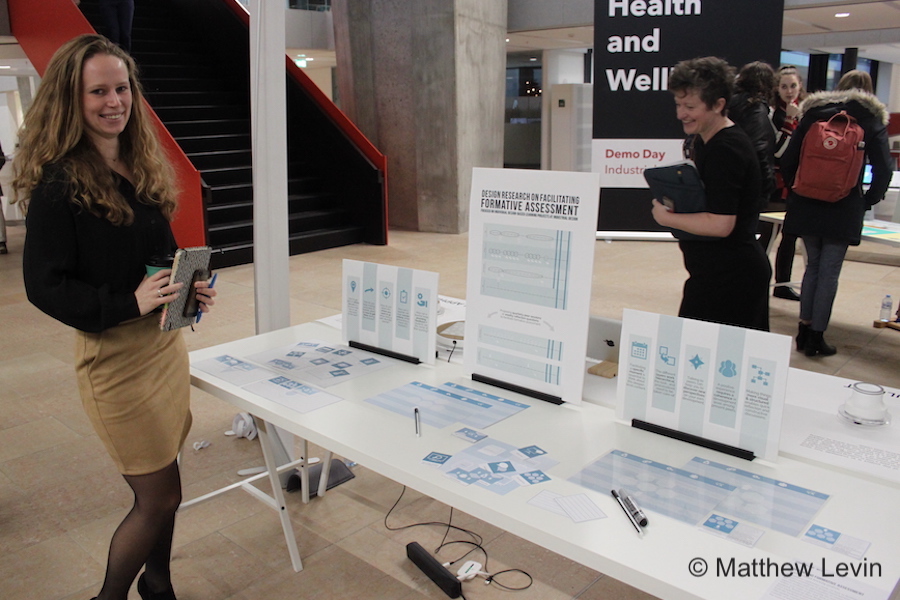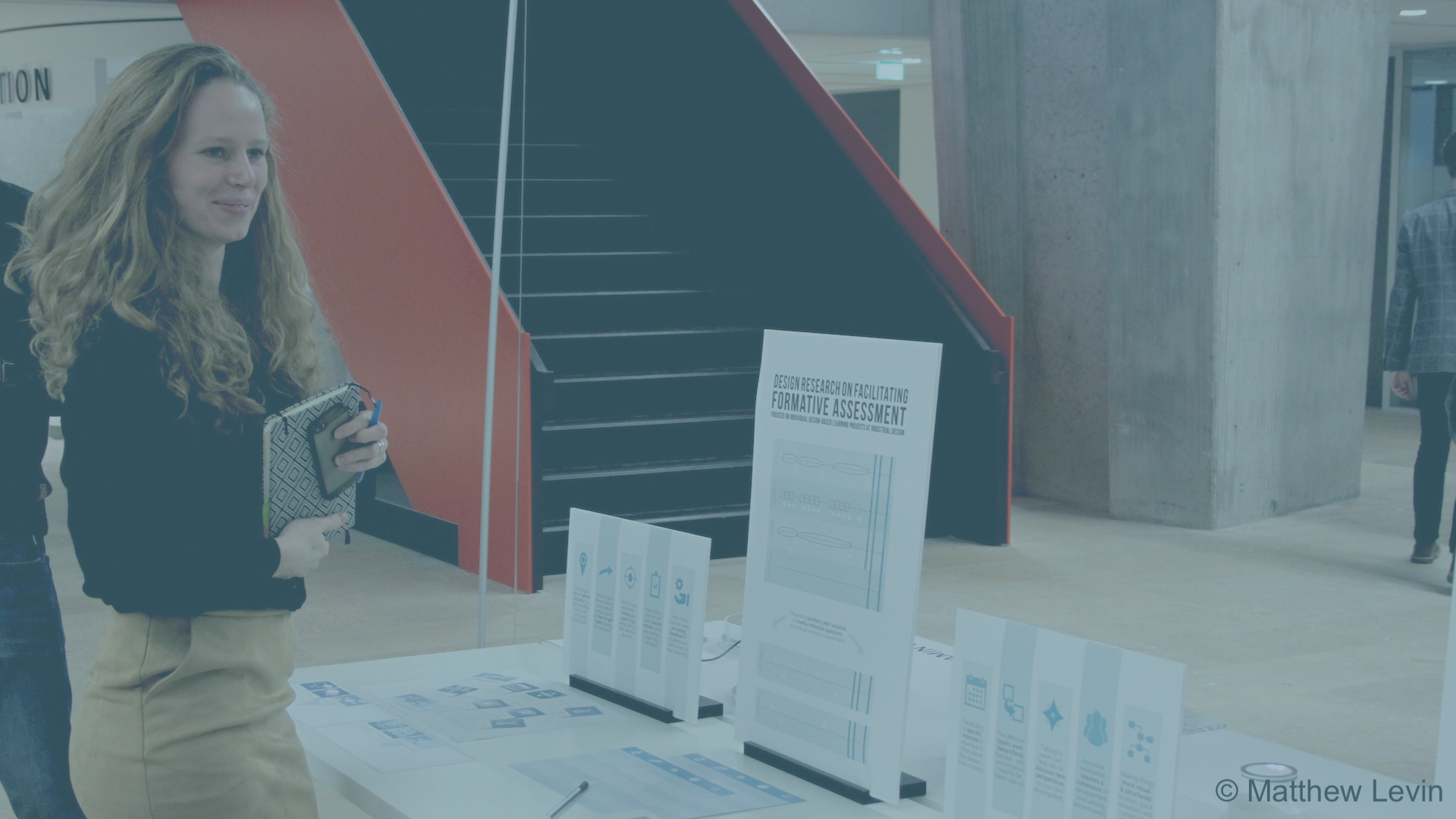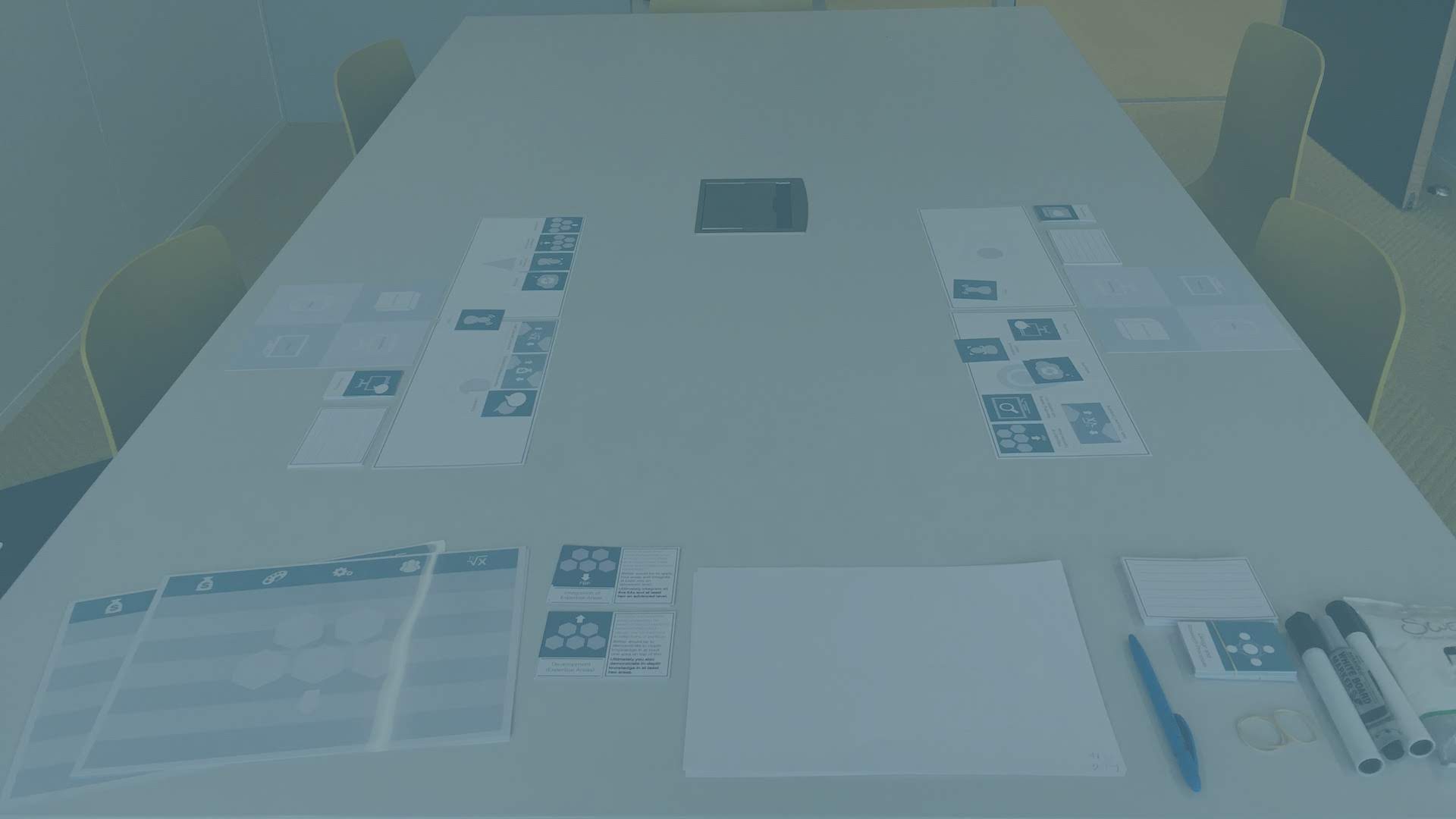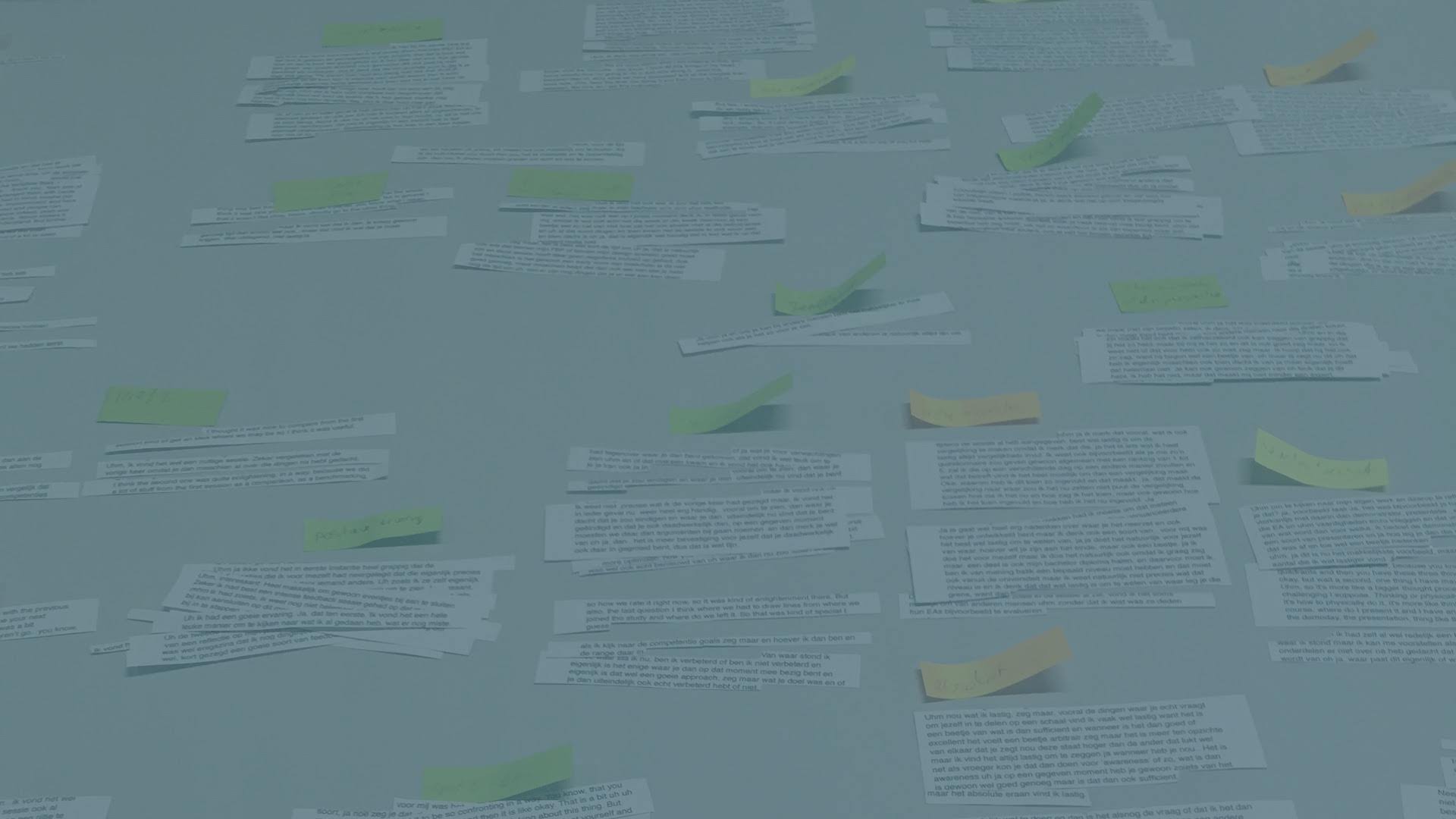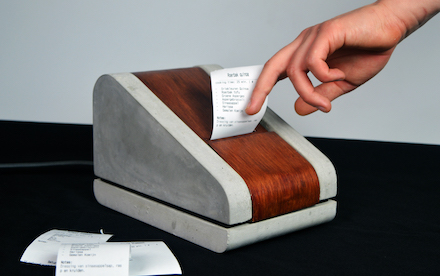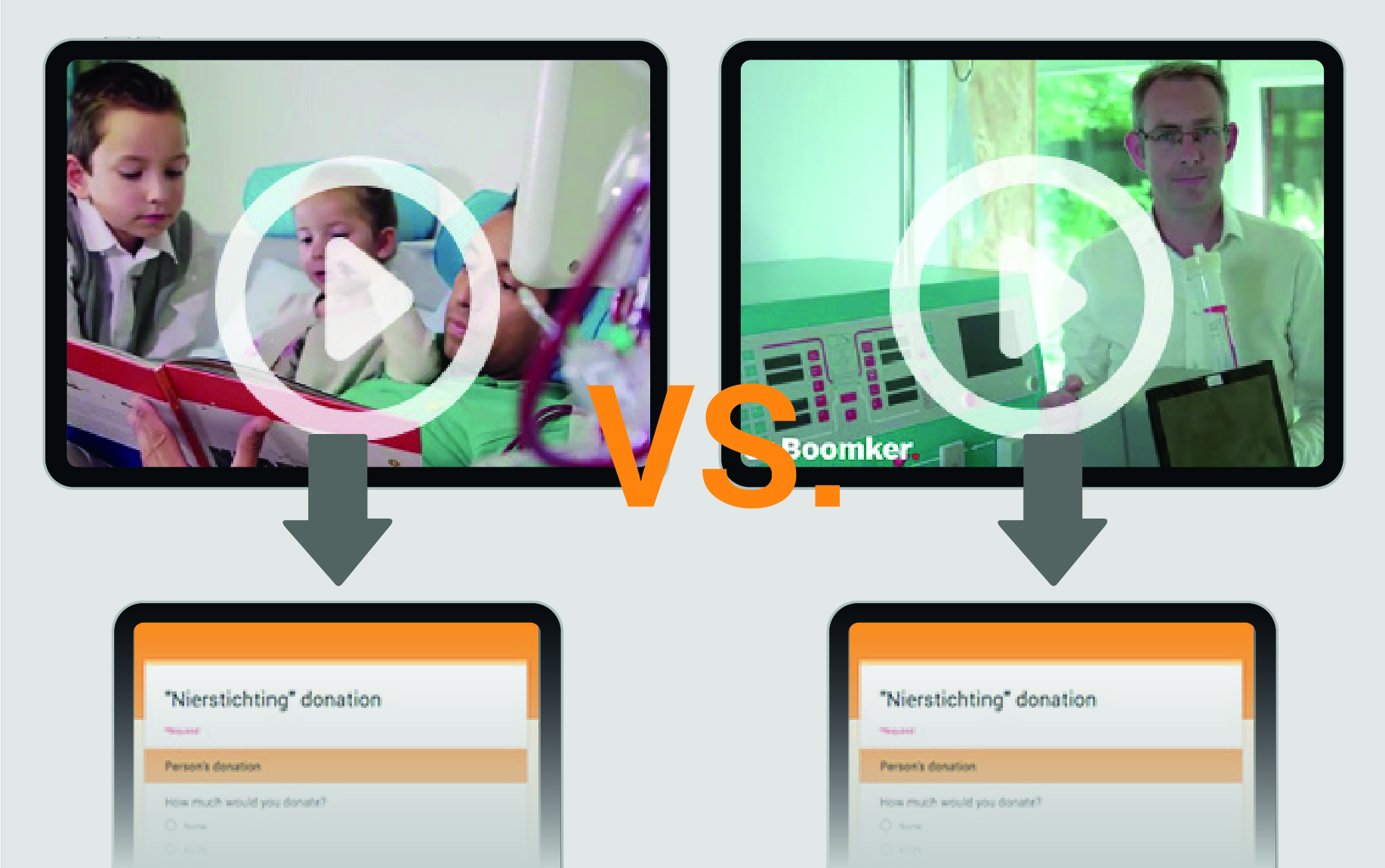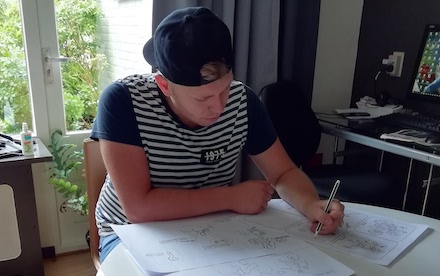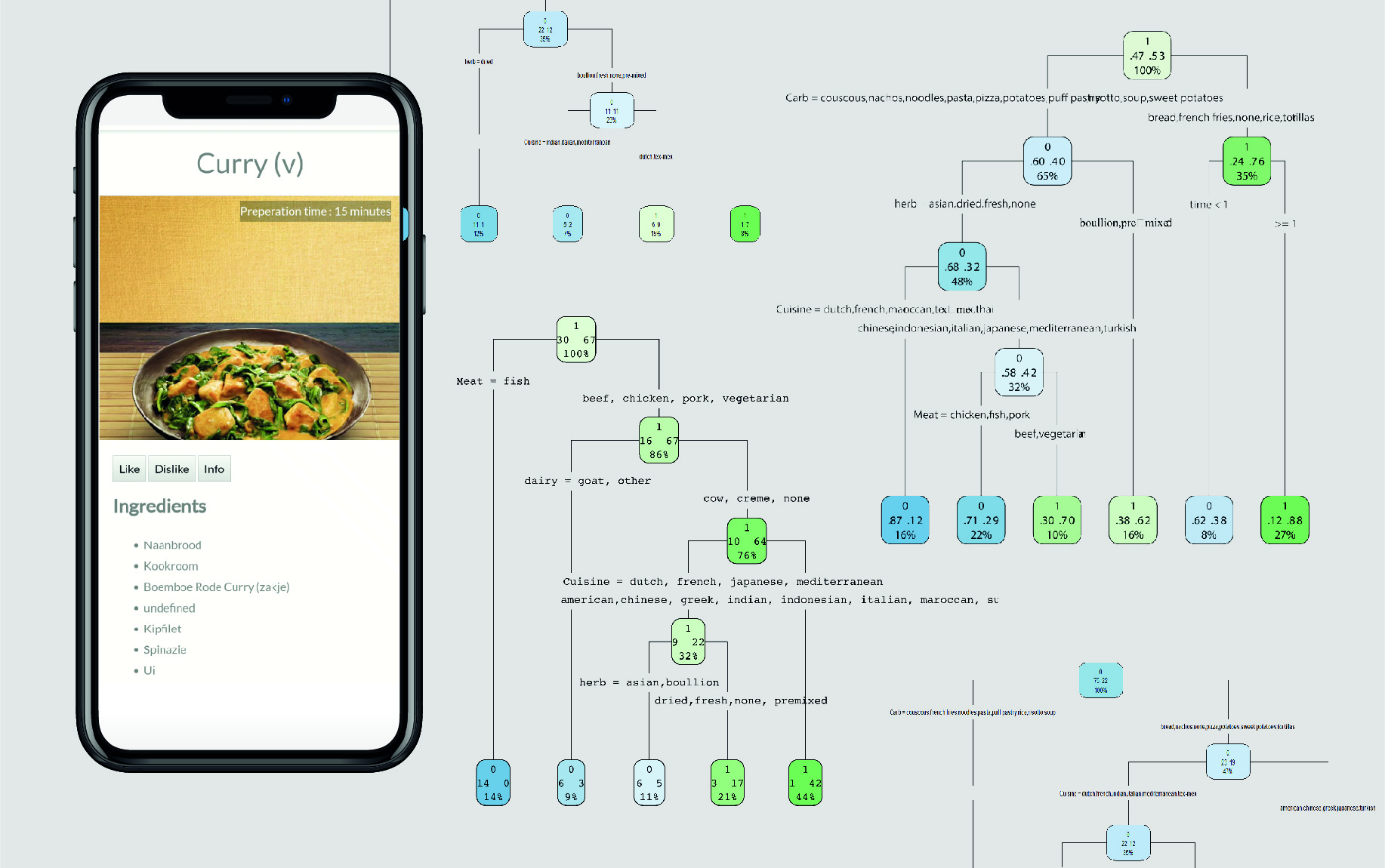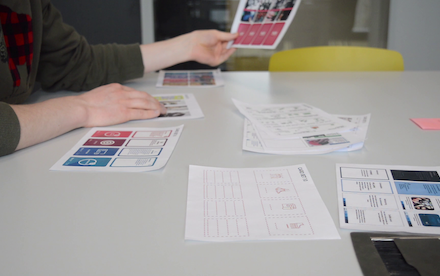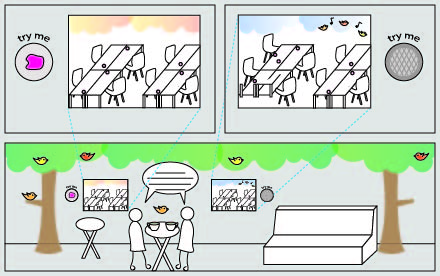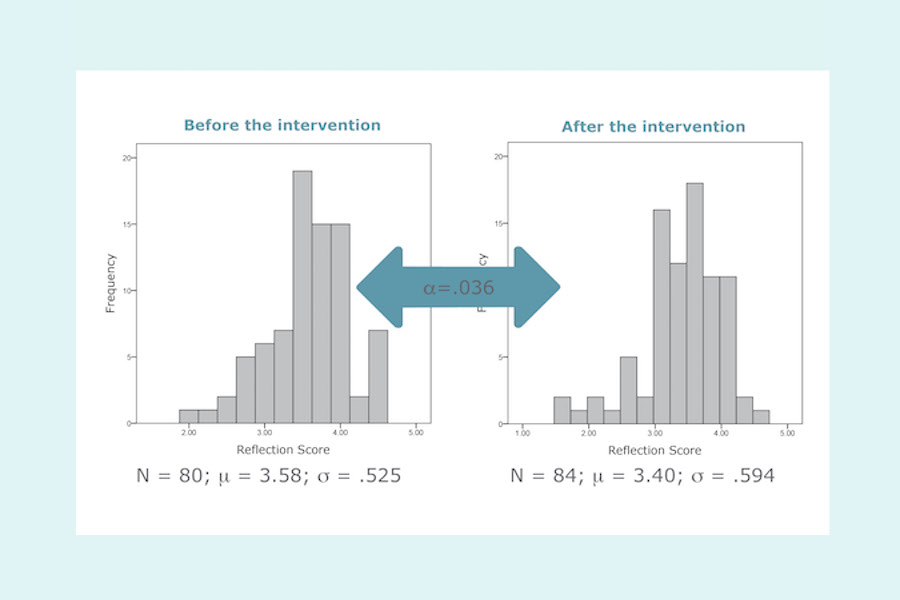
Growth
During my master program I specialized in Design and Research Processes, User and Society & Math, Data and Computing. Click the icons below, to read more about my growth per Expertise Areas.
Design and Research Processes
Looking back at my master program my main development has been in the area of Design and Research Processes. Simultaneously with the department’s shift towards more research-driven education, I shifted from a research-oriented designer to a design-oriented researcher.
I boosted my scientific writing skills, in order to report in paper-format and learned how to make scientifically sound arguments. I learned to systematically gather and analyse both quantitative and qualitative data, by critically applying descriptive and inferential statistics in order to make claims and using thematic analyses to understand the how and why.

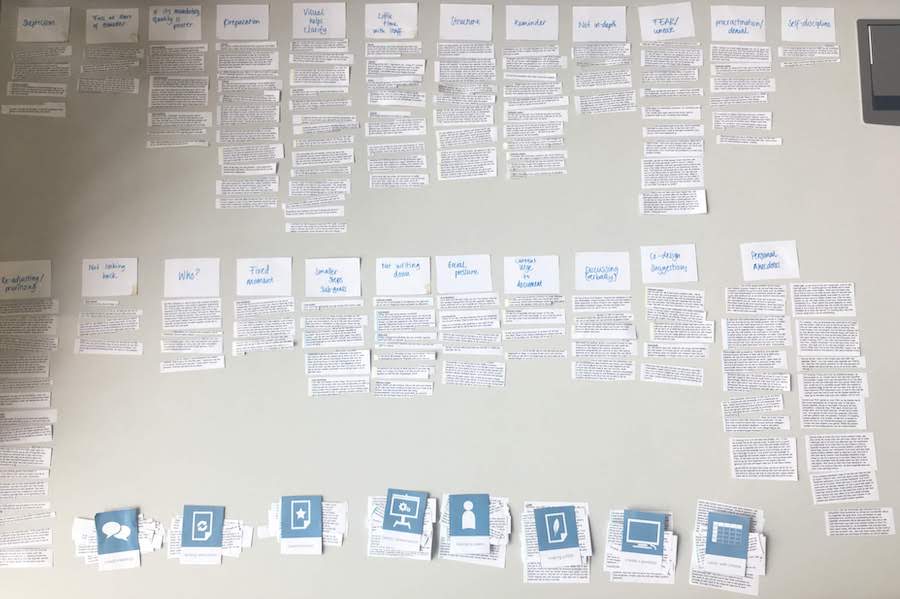
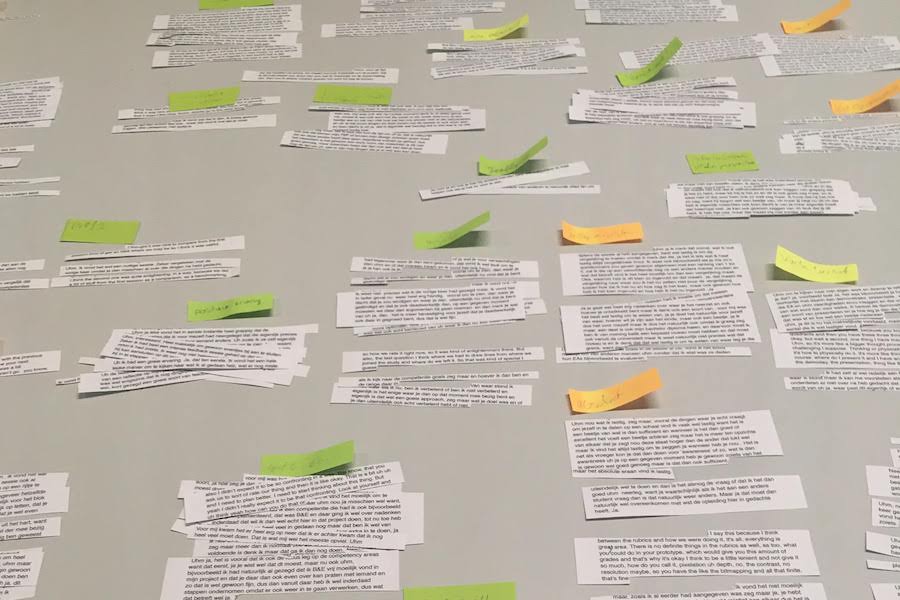
User and Society
My way of working is defined by active user-involvement both in shaping and evaluating design-choices. In my master I have experienced how using different techniques can influence the information you will receive from users and/ or stakeholders.
Methods I used are cultural probes, card-sorting, co-constructing story sessions etc. During electives I learned how to correctly apply these techniques and evaluated the applicability during projects, taking what you have learned and make it your own. Being able to take the essence of a certain technique and apply it in a way that fits the project.
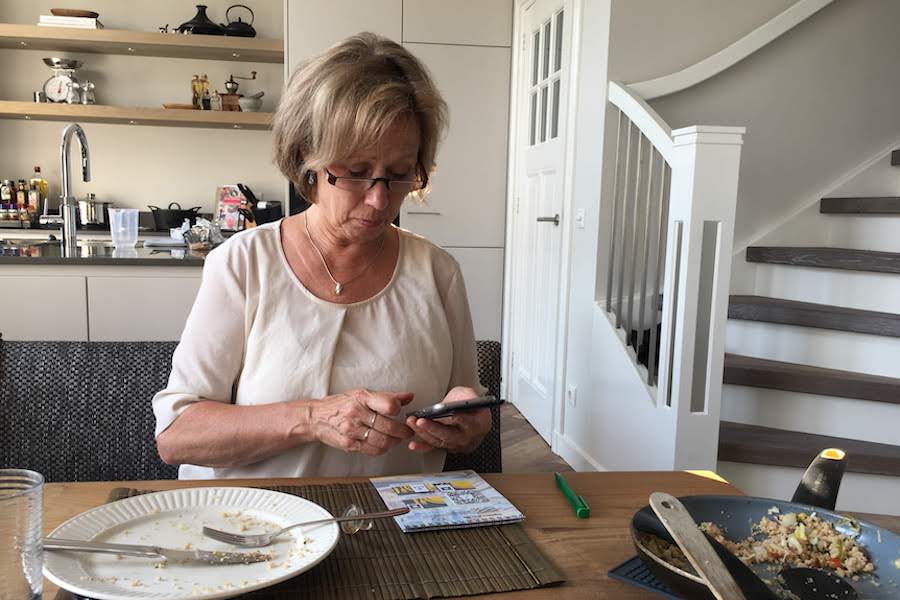


Math, Data and Computing
During my program I have learned to use data as a way to evaluate and create designs. Next to using different type of statistics, I got acquainted with Machine Learning and Artificial Intelligence. By running several projects I gained new insights on the interplay between collecting and interpreting data as a means to realize intelligent interactions.
In group-context, I conceptualized how to use K-nearest neighbor and content-based filtering to give dinner suggestions; realized a web-application that uses decision trees for dinner recommendations and proposed Meeb. a mediating system for smart-homes.
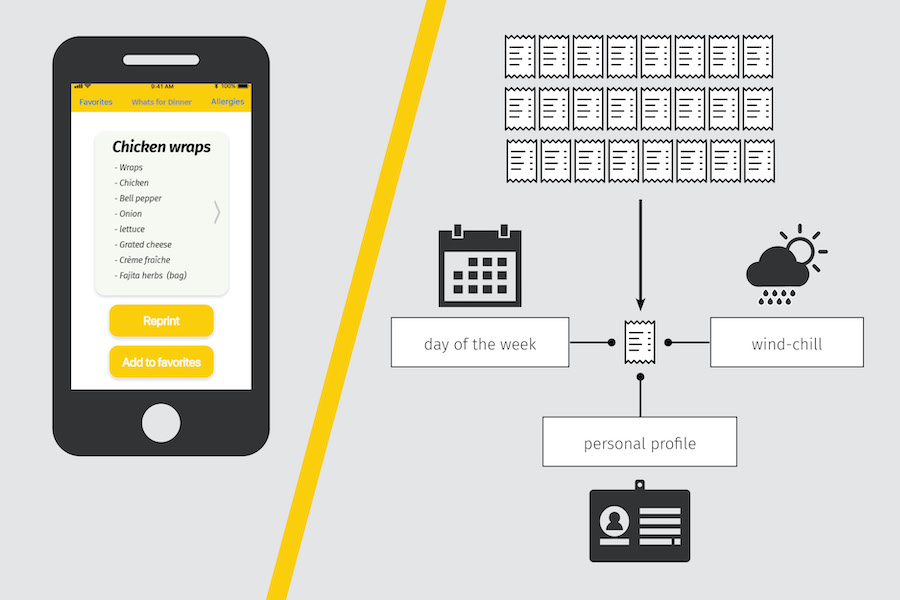
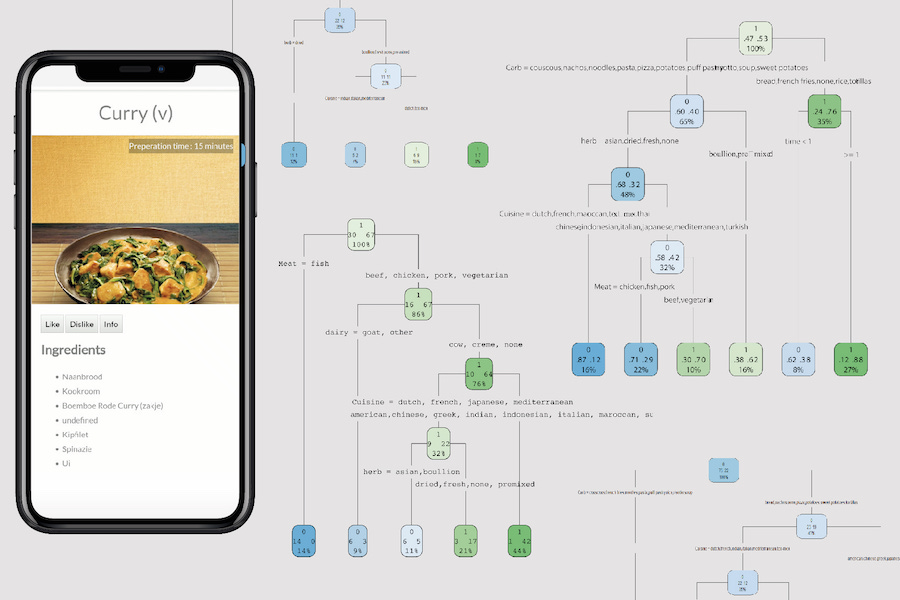

Technology and Realization
For me it is important to know enough about technology to know what is feasible in translating ideas into designs. During my master I did not focus on gaining new skills in this area, but I did gain some experience.
In group context, I realized the hardware to detect the presence of a receipt, using an IR distance sensor and connected several sensors and ESPs in order to gather air-quality data. My personal favorite is the tinfoil LED, created for a MOVE project, using the bare minimum in both costs and complexity, to let these kids experience what we do at ID.
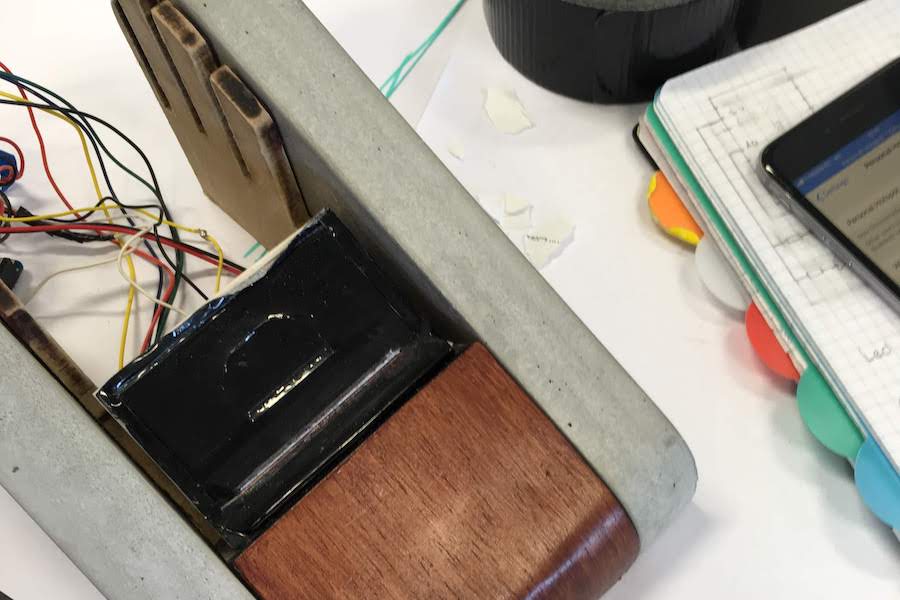
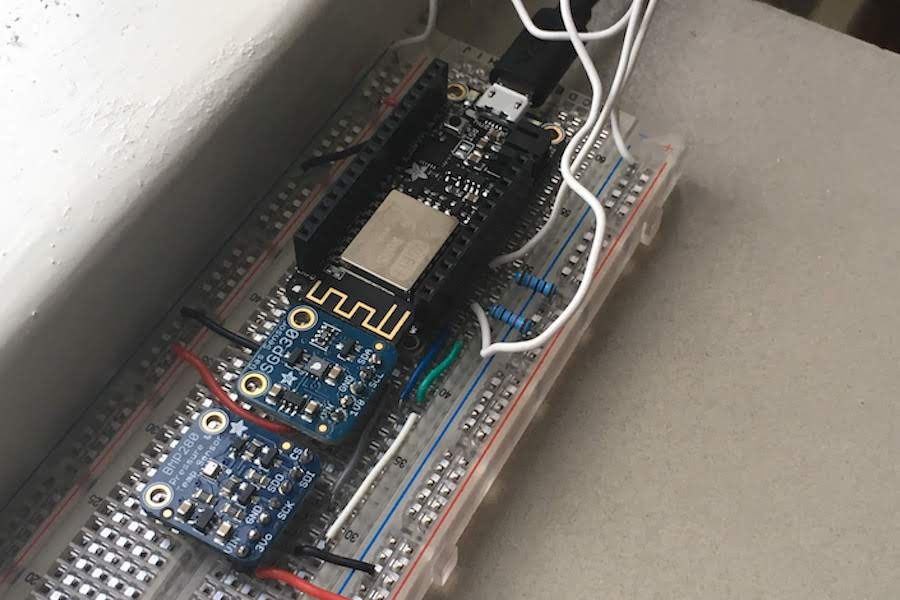

Creativity and Aesthetics
As a designer I have always struggled with tasks such as sketching and high-end prototyping. During my M1 project we focused on creating an aesthetically pleasing product with an eye for detail. Hereby we did several material- and form explorations to fine-tune our product.
For me, the most valuable insight happened while creating a cultural probe. By investing a little more time in the appearance and interaction, we managed to create an experience. Which led to higher commitment from participants and thus more valuable insights. During later projects I used this insight when designing different moments of user-involvement.
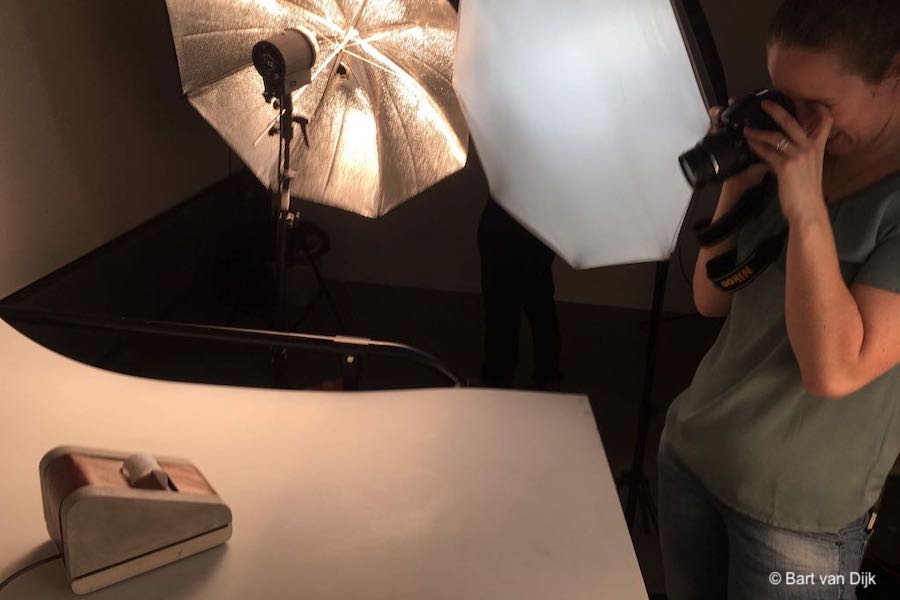
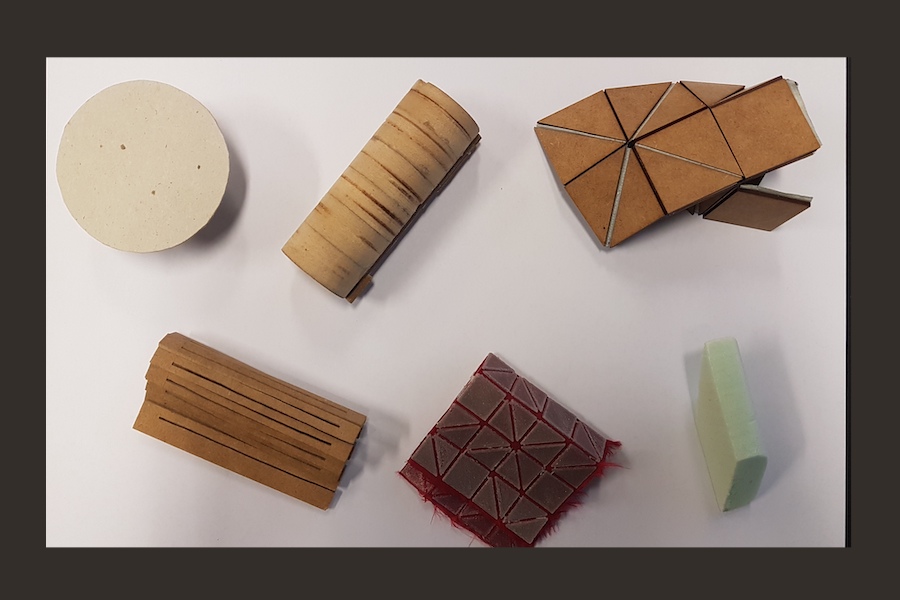

Business and Entrepreneurship
For me the essence of this Area of Expertise lies in positioning and presenting both yourself and your work. Which is slightly different, but just as relevant for a researcher; knowing what is happening in the field, connecting with relevant parties and putting yourself out there.
During my program I have been actively working on becoming aware of the value of both myself and my work and how to communicate this. I have gained a lot of work experience at our department by tutoring, squad-coaching, PI&V coordination etc. and managed to get a temporary contract to continue this work.


